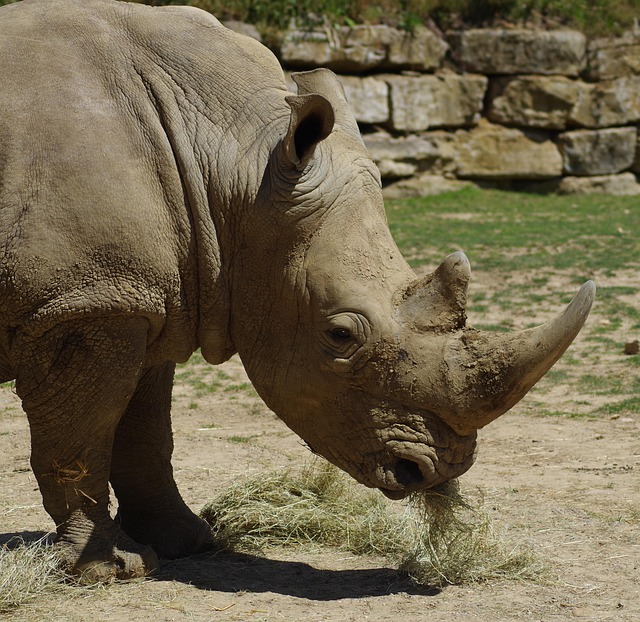Uncover the secrets to achieving youthful skin with our comprehensive guide on age-defying treatments. From understanding the science behind wrinkles to exploring cutting-edge procedures and lifestyle changes, this article delves into effective strategies for wrinkle reduction. Discover top topical products, in-clinic innovations like fillers and lasers, and natural approaches through nutrition and supplements. Enhance your knowledge of anti-aging skincare and reclaim your confidence with a radiant, smooth complexion.
Understanding Wrinkles: Causes and Types

Wrinkles are a natural part of aging, but understanding their causes and types can empower individuals to take proactive measures for effective wrinkle reduction. These formations on the skin are essentially lines or creases that result from the breakdown of collagen and elastin fibers—proteins responsible for maintaining skin elasticity and firmness.
There are several factors contributing to wrinkle formation, including sun exposure, which damages the skin’s top layer, leading to premature aging. Other causes include muscle movement, especially around the eyes and mouth, as well as dryness and environmental factors. Wrinkles can be classified into various types: fine lines, often appearing as gentle creases; expression lines, formed by repeated facial expressions; and deeper wrinkles or furrows, which are more prominent and can be categorized as vertical, horizontal, or box-like in shape.
The Science Behind Age-Defying Treatments

The science behind age-defying treatments revolves around understanding and countering the visible signs of aging that manifest on our skin. As we age, our skin undergoes several changes, including a decrease in collagen production, loss of elastin fibers, and an increase in pigmentation. These factors contribute to the development of wrinkles, fine lines, and age spots.
Advanced skincare technologies have emerged to target these specific concerns. Key methods include chemical peels, which use acid solutions to remove the top layer of skin, stimulating new cell growth and improving texture. Laser treatments, another popular option, work by breaking up bonds in pigmented areas, reducing the appearance of age spots and uneven skin tone. Additionally, topical creams containing ingredients like retinol, vitamin C, and peptides have been proven effective in promoting collagen synthesis, thereby enhancing wrinkle reduction over time.
Topical Creams and Serums for Wrinkle Reduction

In the quest for youthful-looking skin, topical creams and serums have emerged as powerful allies in the battle against wrinkles. These formulations are designed to target specific skin concerns, with a particular focus on wrinkle reduction. The key lies in their ability to penetrate deeper into the skin, delivering active ingredients that stimulate collagen production and improve skin elasticity.
Many modern skincare products contain innovative blends of peptides, retinol, vitamin C, and antioxidants. Peptides, for instance, are known to prompt the body’s natural repair mechanisms, encouraging the formation of new collagen fibers. Retinol, a derivative of vitamin A, is another popular ingredient that boosts cell turnover, reducing the appearance of fine lines and wrinkles over time. Meanwhile, vitamin C combats free radicals, brightens the skin, and further enhances the effects of other anti-aging compounds.
In-Clinic Procedures: Dermal Fillers and Toxins

In-clinic procedures offer effective solutions for those seeking significant wrinkle reduction. Two popular choices are dermal fillers and toxins, both of which can dramatically transform the appearance of aging skin. Dermal fillers, such as hyaluronic acid or collagen, are injected into the skin to add volume and smooth out fine lines and wrinkles. These treatments provide immediate results and can last for several months, making them a convenient option for those wanting a youthful glow without extensive downtime.
Toxins, like Botox, work by relaxing facial muscles, preventing dynamic wrinkling caused by expressions. This non-surgical procedure is ideal for addressing crow’s feet, frown lines, and forehead wrinkles. The effects of toxins typically last 3-6 months, offering a temporary yet effective solution for wrinkle reduction. These in-clinic treatments provide instant cosmetic improvements and can be tailored to individual needs, making them sought-after options for achieving a more youthful appearance.
Laser Therapy for Youthful Skin

Laser therapy has emerged as a game-changer in the world of skincare, offering effective solutions for achieving youthful and radiant skin. This non-invasive procedure targets specific concerns like wrinkles, fine lines, and age spots with precise laser energy. By stimulating collagen production and breaking down pigmented spots, laser treatments can provide noticeable improvements in skin texture and tone, resulting in a more youthful appearance.
One of the key benefits of laser therapy for wrinkle reduction is its ability to address multiple skin issues simultaneously. Different laser technologies cater to various skin concerns, allowing for personalized treatments. For instance, fractional lasers work by creating tiny holes in the skin, stimulating collagen renewal and enhancing skin elasticity. This process helps reduce the appearance of deep wrinkles and improves overall skin firmness.
Lifestyle Changes for a Radically Different Approach

Adopting a holistic approach to skincare involves more than just topical treatments; it’s about integrating lifestyle changes for significant and long-lasting results in wrinkle reduction. Diet plays a pivotal role, as nutrient-rich foods packed with antioxidants and vitamins C and E can help protect skin cells from damage, promoting elasticity. Staying hydrated is another key factor; drinking ample water keeps skin plump and supple, reducing the appearance of fine lines.
Additionally, regular exercise boosts blood circulation, enhancing oxygen and nutrient delivery to the skin, which can contribute to a more youthful complexion. Stress management is equally vital; chronic stress can accelerate aging by releasing cortisol, a hormone that breaks down collagen. Incorporating relaxation techniques like meditation or yoga into your routine can help mitigate these effects, offering a naturally rejuvenating approach to wrinkle reduction.
Nutritional Supplements for Collagen Boosting

Nutritional supplements have gained significant attention as a means to boost collagen levels, playing a crucial role in age-defying skin treatments. Collagen, often referred to as the “scaffolding” of our skin, is responsible for providing structure and elasticity, which naturally declines with age, leading to wrinkles and fine lines. Certain dietary supplements are designed to address this by supporting collagen synthesis.
Popular choices include vitamins C and E, minerals like zinc and magnesium, and amino acids such as proline and lysine. These nutrients work synergistically to stimulate fibroblasts, the cells responsible for producing collagen. By incorporating these supplements into your routine, you can actively contribute to wrinkle reduction and promote a youthful complexion.
Emerging Technologies in Anti-Aging Skincare

The world of anti-aging skincare is constantly evolving, with emerging technologies that offer promising solutions for wrinkle reduction. One such innovation is the use of advanced peptides and growth factors in topical creams. These powerful ingredients mimic the body’s natural signals to stimulate collagen production, filling in fine lines and improving skin elasticity. Peptide technology has made significant strides, providing a more targeted approach to addressing specific age-related concerns.
Additionally, non-invasive procedures like microneedling and plasma rich platelet (PRP) therapy have gained popularity. Microneedling involves using tiny needles to create controlled micro-injuries in the skin, stimulating collagen repair and enhancing product penetration. PRP therapy, on the other hand, utilizes a patient’s own blood to enrich the skin with growth factors, promoting cellular regeneration and improving overall skin texture. These cutting-edge techniques offer effective wrinkle reduction without invasive surgeries, making them popular choices for those seeking youthful-looking skin.
